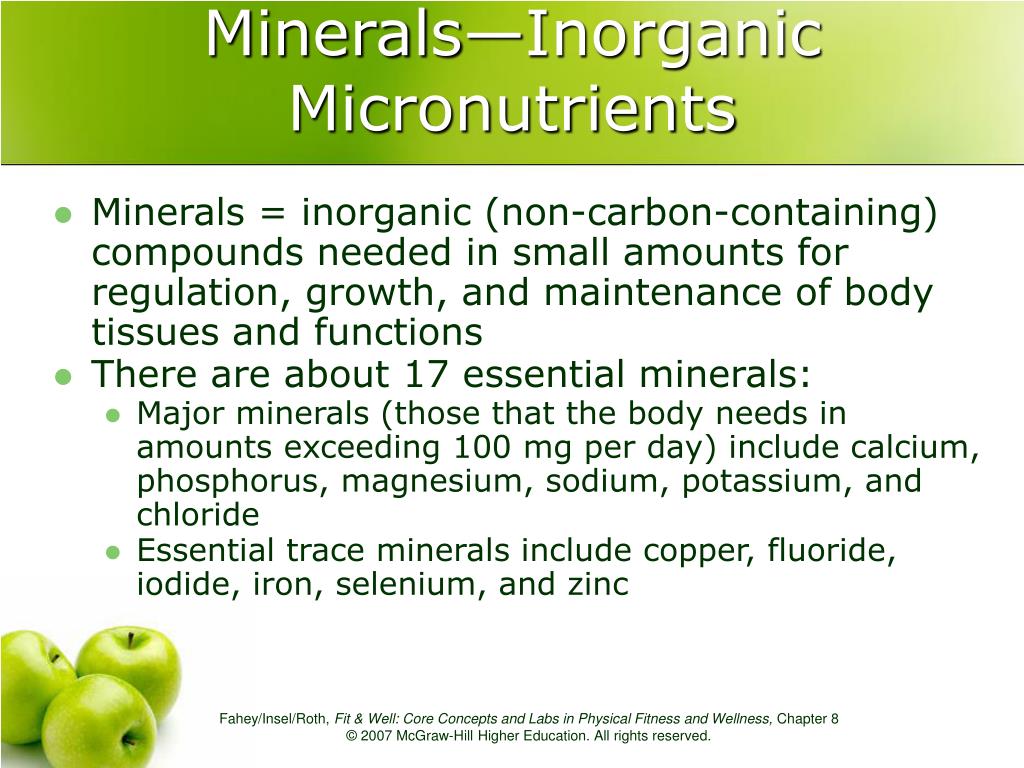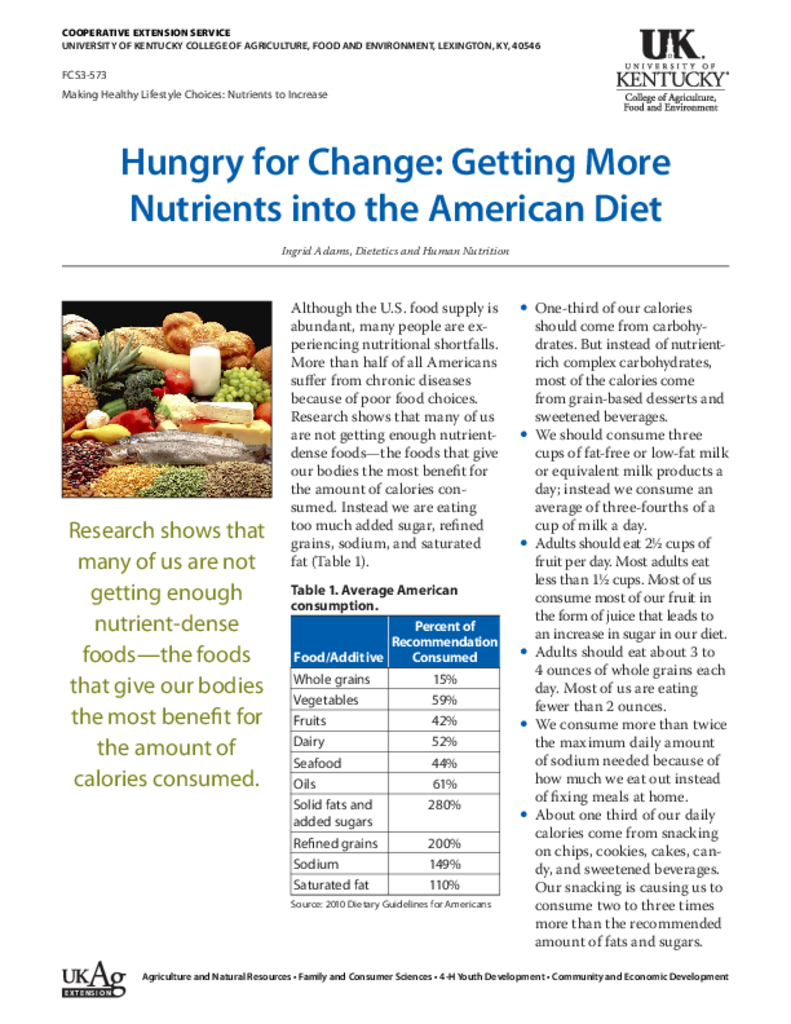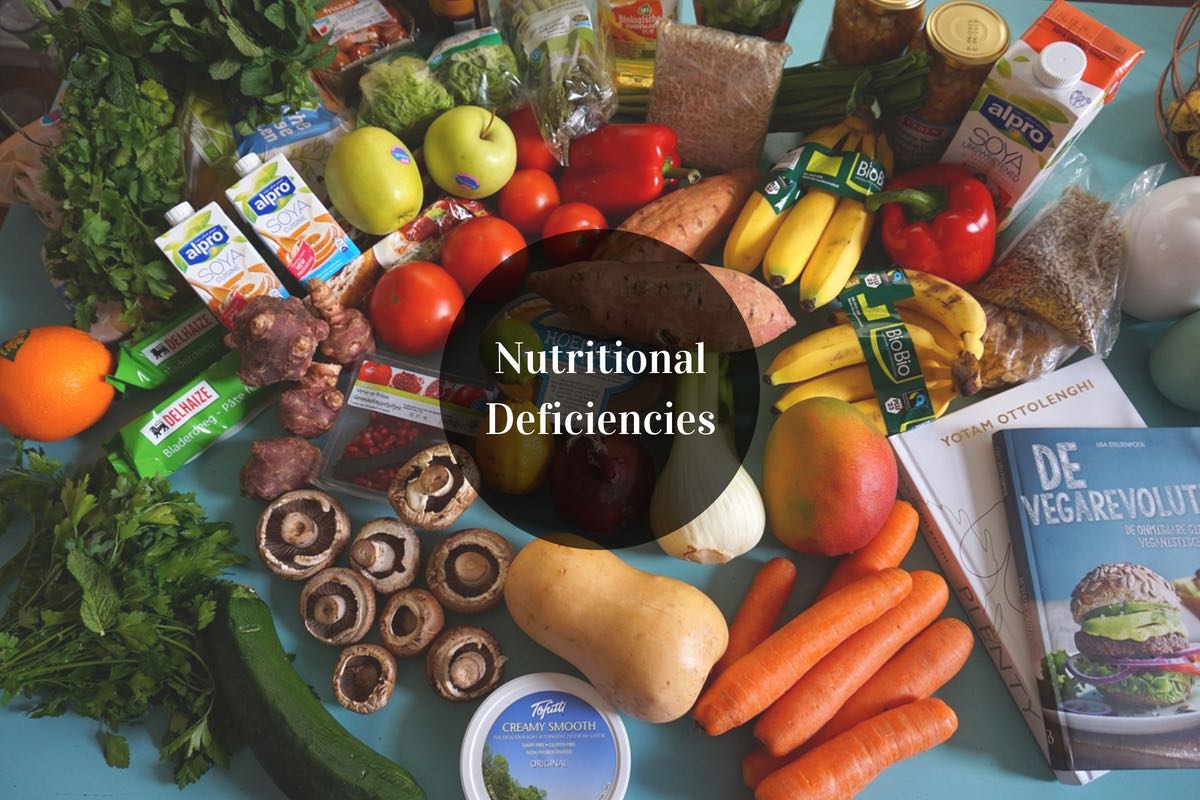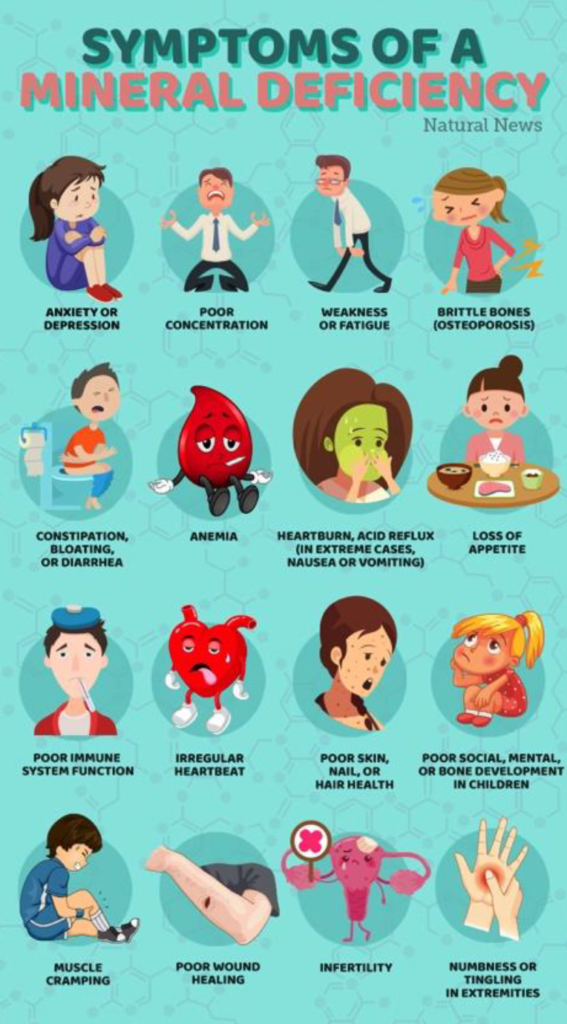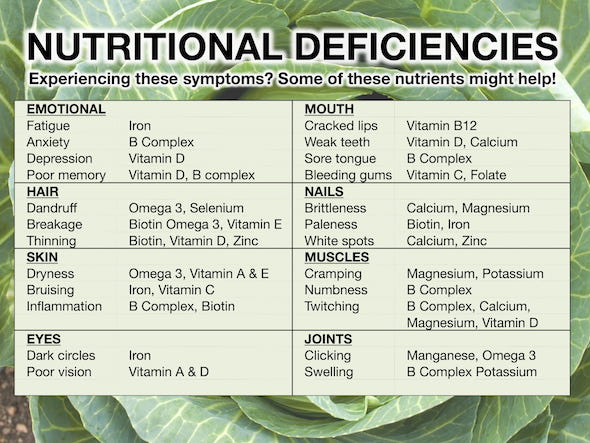One Mineral Commonly Lacking In American Diets Is
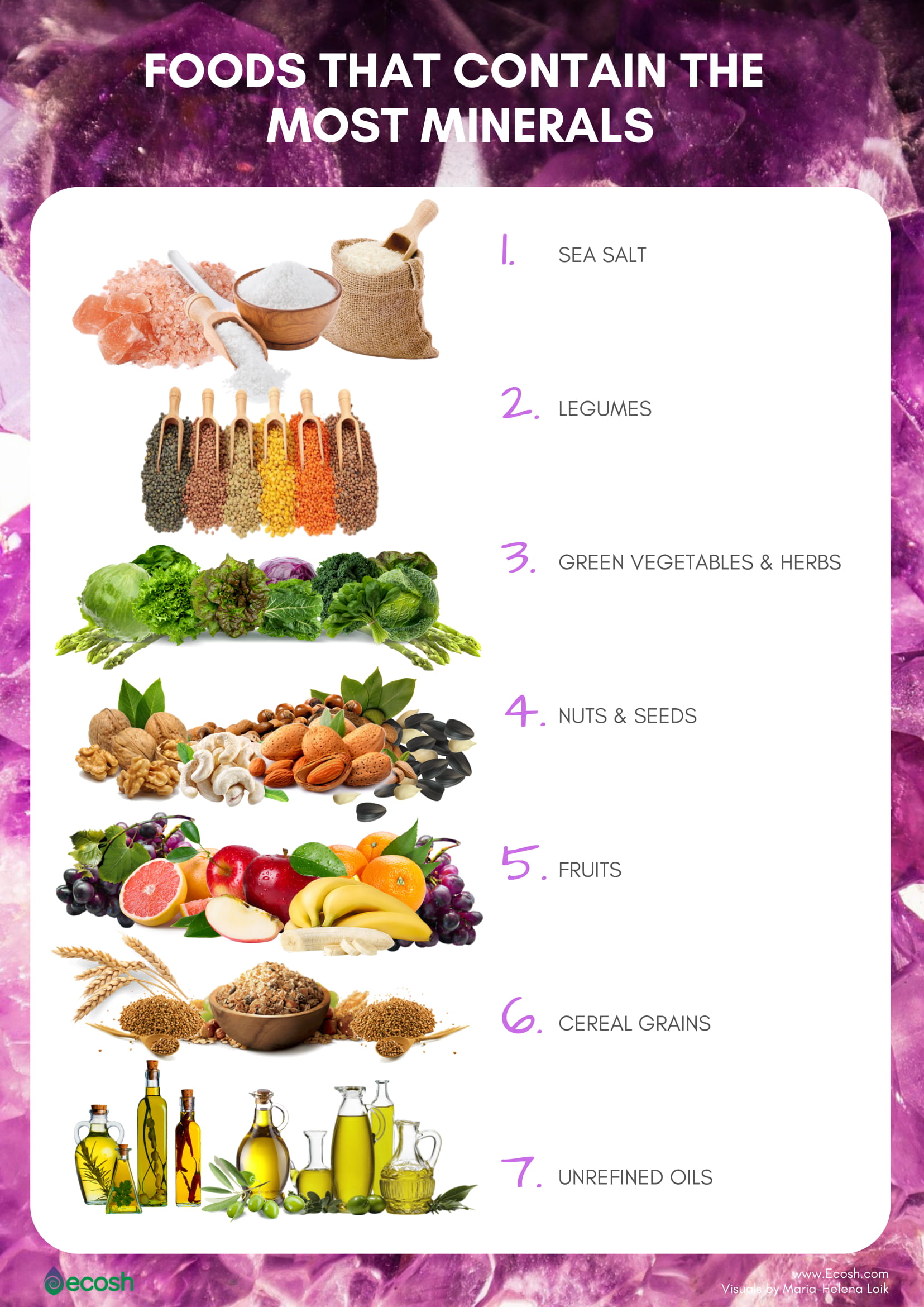
Imagine a bright summer morning, the aroma of freshly brewed coffee filling the air as you prepare breakfast. You reach for the orange juice, believing you're starting your day with a boost of vitamins and minerals. But what if a crucial element, vital for everything from bone health to mood regulation, is consistently missing from your plate?
This article explores the often-overlooked mineral, magnesium, a nutrient frequently deficient in the average American diet. We will delve into the critical roles it plays in our overall well-being, examine the reasons behind its widespread deficiency, and offer practical strategies for incorporating more magnesium-rich foods into your daily meals.
The Unsung Hero: Magnesium's Multifaceted Role
Magnesium is an essential mineral involved in hundreds of biochemical reactions in the body. It's a cornerstone of good health, participating in processes that affect everything from muscle and nerve function to blood sugar control and blood pressure regulation.
Think of magnesium as the body's tiny maintenance crew, constantly working behind the scenes. It helps maintain normal nerve and muscle function, keeping your heart rhythm steady and your muscles relaxed.
"Magnesium helps regulate muscle and nerve function, blood sugar levels, and blood pressure and make protein, bone, and DNA," states the National Institutes of Health (NIH) in their fact sheet on magnesium.
Why Are We So Deficient?
Despite its importance, magnesium deficiency is surprisingly common in the United States. Several factors contribute to this widespread problem, painting a complex picture of dietary habits and modern agricultural practices.
One major culprit is the Standard American Diet (SAD), often characterized by processed foods, refined grains, and sugary drinks. These foods are typically low in essential nutrients, including magnesium.
Another contributing factor is the depletion of magnesium in our soils. Intensive farming practices and the use of chemical fertilizers have stripped away vital minerals, including magnesium, from the earth, leading to lower magnesium content in our crops.
Furthermore, certain medications and health conditions can interfere with magnesium absorption or increase its excretion. Diuretics, antibiotics, and some medications used to treat diabetes can all impact magnesium levels.
Chronic stress also plays a role. When we're stressed, our bodies release hormones that can deplete magnesium stores, creating a vicious cycle.
Recognizing the Signs: Symptoms of Magnesium Deficiency
The symptoms of magnesium deficiency can be subtle and easily overlooked, often mimicking other common health issues. This makes diagnosis challenging, as many people may not even realize they are deficient.
Early signs of deficiency can include fatigue, muscle cramps, and headaches. You might also experience weakness, loss of appetite, nausea, and vomiting.
More severe deficiency can lead to numbness and tingling, muscle contractions and seizures, personality changes, abnormal heart rhythms, and even coronary spasms. Because of the non-specific symptoms, its always best to consult with a doctor before self-diagnosing.
Boosting Your Magnesium Intake: Dietary Sources and Supplementation
The good news is that increasing your magnesium intake is often achievable through dietary changes and, when necessary, supplementation. Embracing a diet rich in whole, unprocessed foods is the first step towards ensuring adequate magnesium levels.
Excellent sources of magnesium include leafy green vegetables like spinach and kale. These nutrient-packed powerhouses are easy to incorporate into salads, smoothies, and side dishes.
Nuts and seeds, particularly almonds, cashews, pumpkin seeds, and chia seeds, are also fantastic sources. Add them to your breakfast cereal, sprinkle them on salads, or enjoy them as a healthy snack.
Legumes, such as black beans, kidney beans, and lentils, are another excellent way to boost your magnesium intake. These versatile ingredients can be used in soups, stews, salads, and side dishes.
Whole grains like brown rice, quinoa, and oats also contribute to your magnesium intake. Choose whole grain options over refined grains whenever possible to reap the full nutritional benefits.
Finally, dark chocolate (with a high cocoa content) can be a surprisingly good source of magnesium. Indulge in a small square or two as a guilt-free treat.
For those who struggle to obtain enough magnesium through diet alone, supplementation may be an option. Magnesium supplements are available in various forms, including magnesium citrate, magnesium oxide, and magnesium glycinate.
However, it's essential to consult with a healthcare professional before starting any new supplement regimen. They can help determine the appropriate dosage and identify any potential interactions with medications or existing health conditions. “Always speak with a healthcare provider before taking a magnesium supplement, especially if you have kidney problems," advises the NIH.
A Holistic Approach to Well-being
Addressing magnesium deficiency is not just about ticking off a nutritional checklist. It's about embracing a holistic approach to well-being that encompasses diet, lifestyle, and stress management.
Prioritizing stress-reducing activities like yoga, meditation, and spending time in nature can help conserve magnesium stores. A consistent sleep schedule is also essential, as sleep deprivation can further deplete magnesium levels.
By making conscious choices about the foods we eat, how we manage stress, and the supplements we take, we can empower ourselves to optimize our magnesium levels and unlock the full potential of our health.
Ultimately, recognizing the importance of magnesium and taking proactive steps to address potential deficiencies can have a profound impact on our overall health and well-being. It's a reminder that even the smallest changes in our diet and lifestyle can make a big difference in the long run, allowing us to live healthier, happier, and more vibrant lives.

